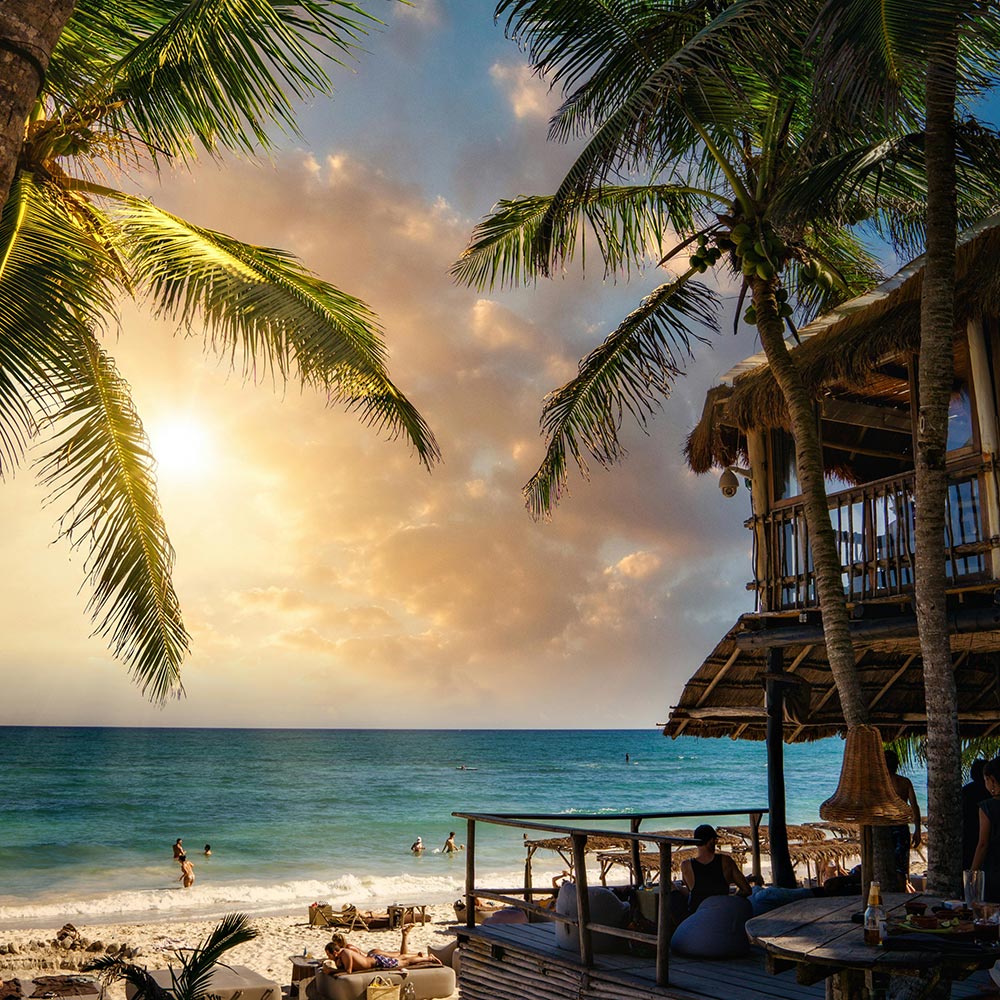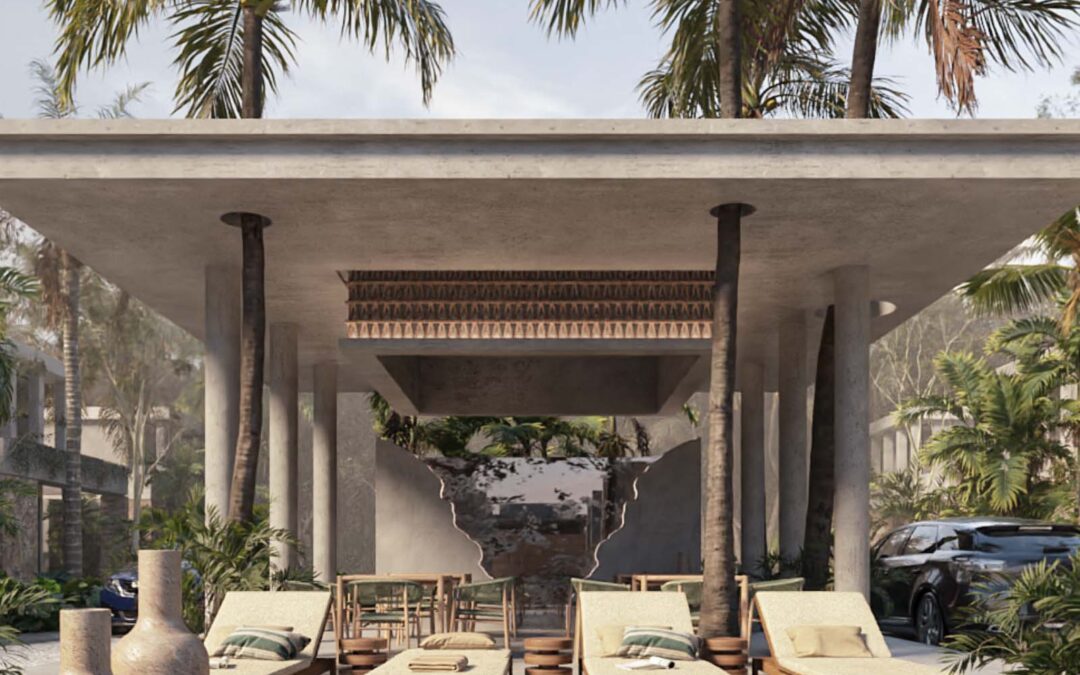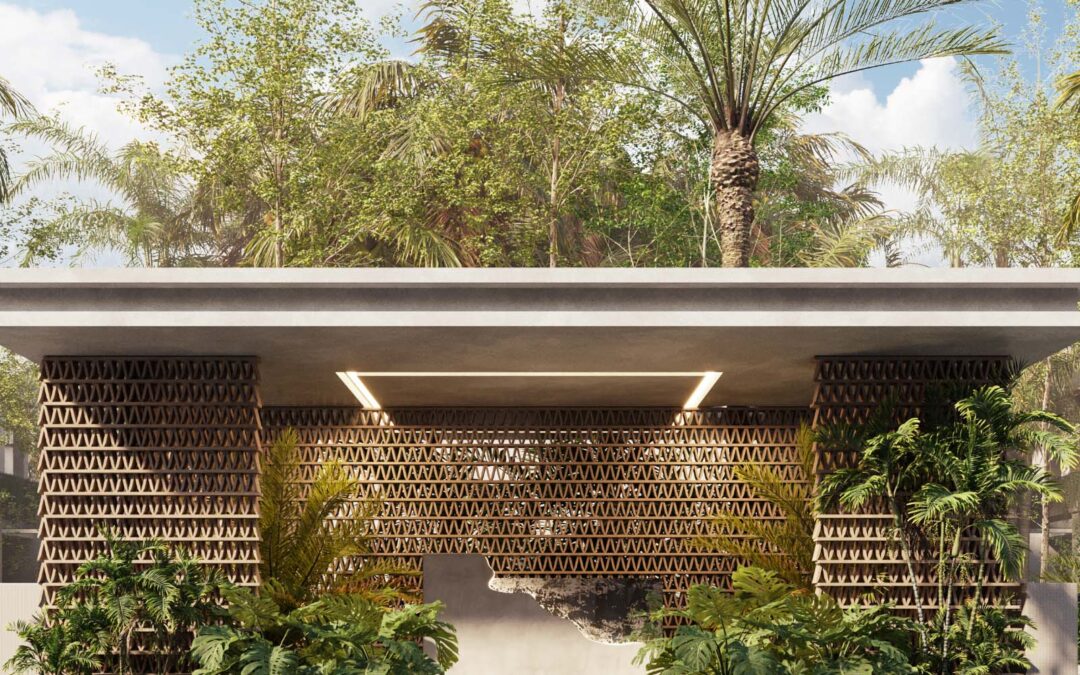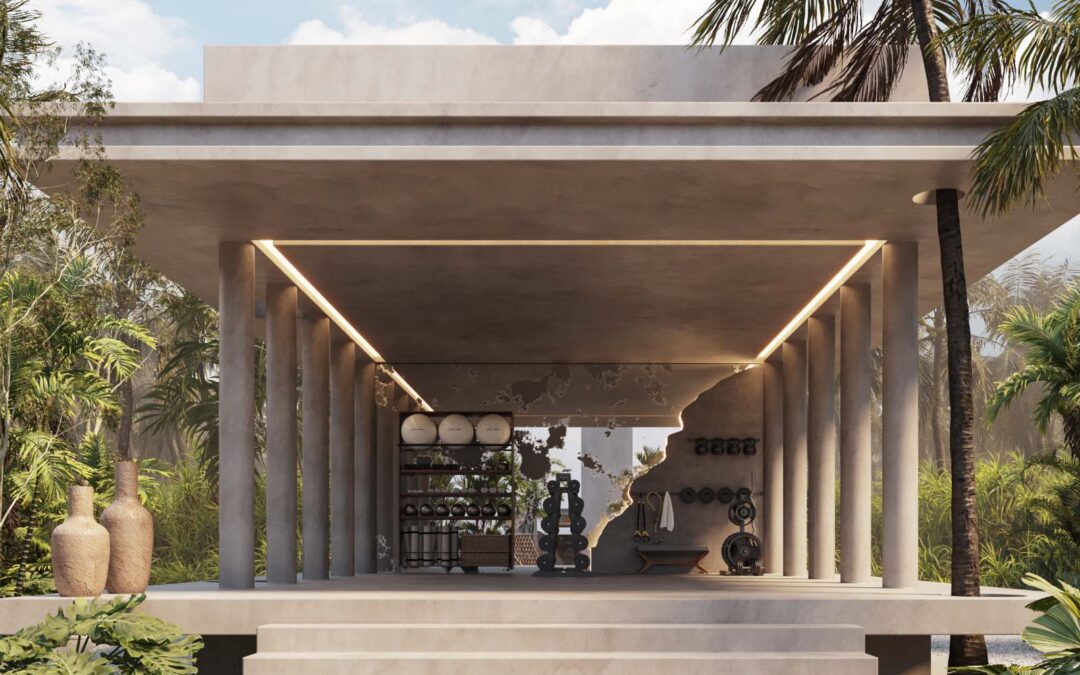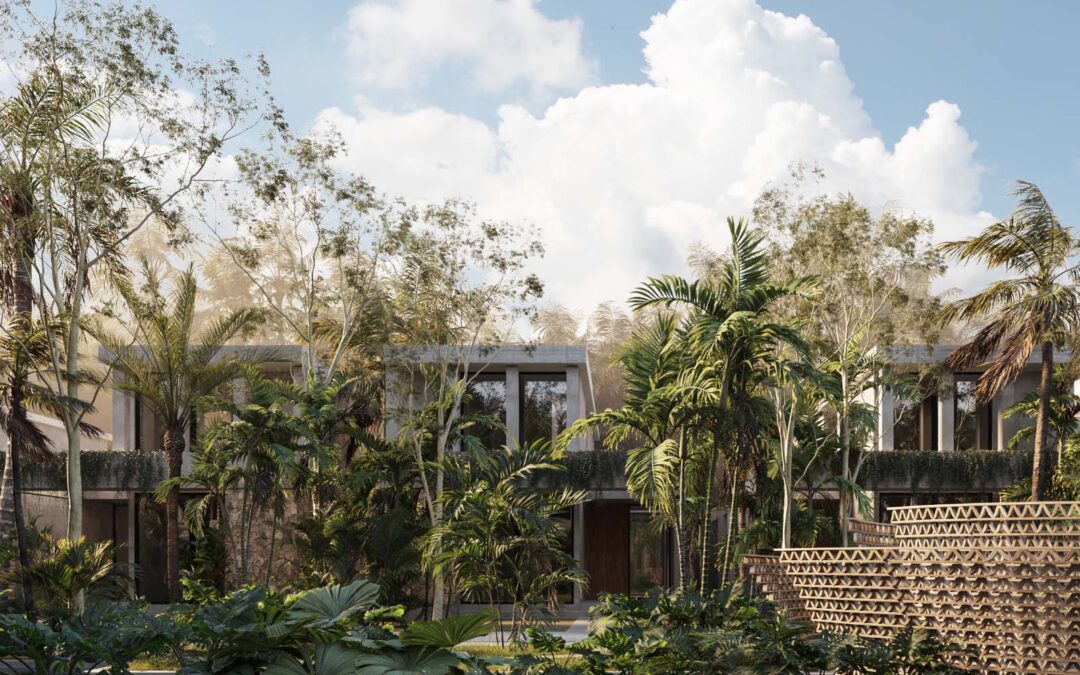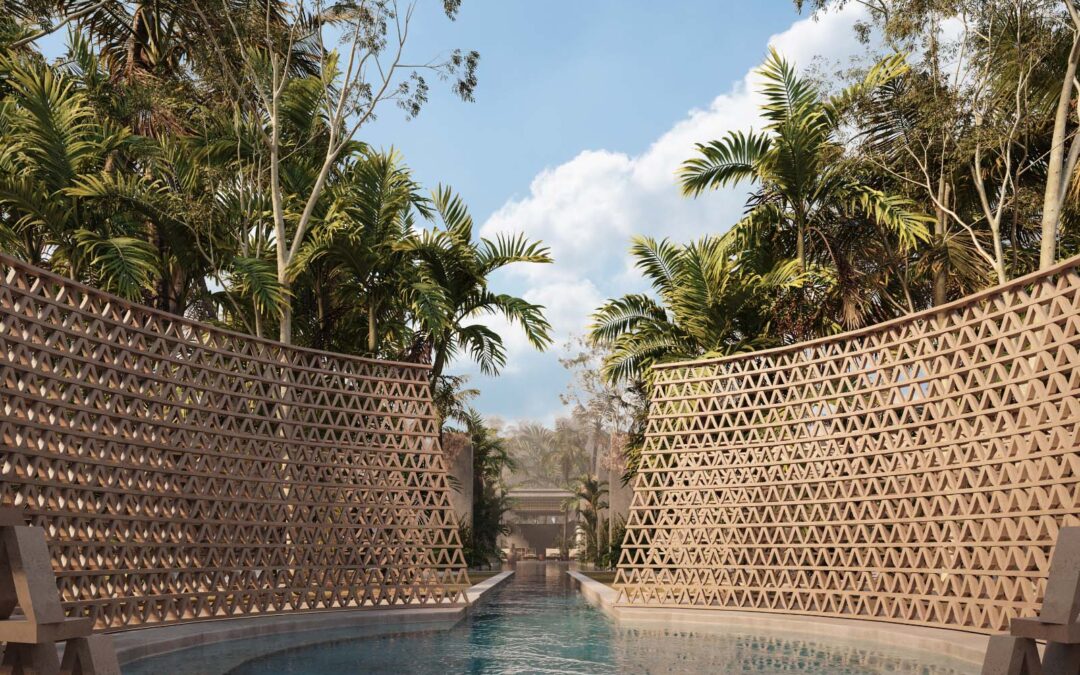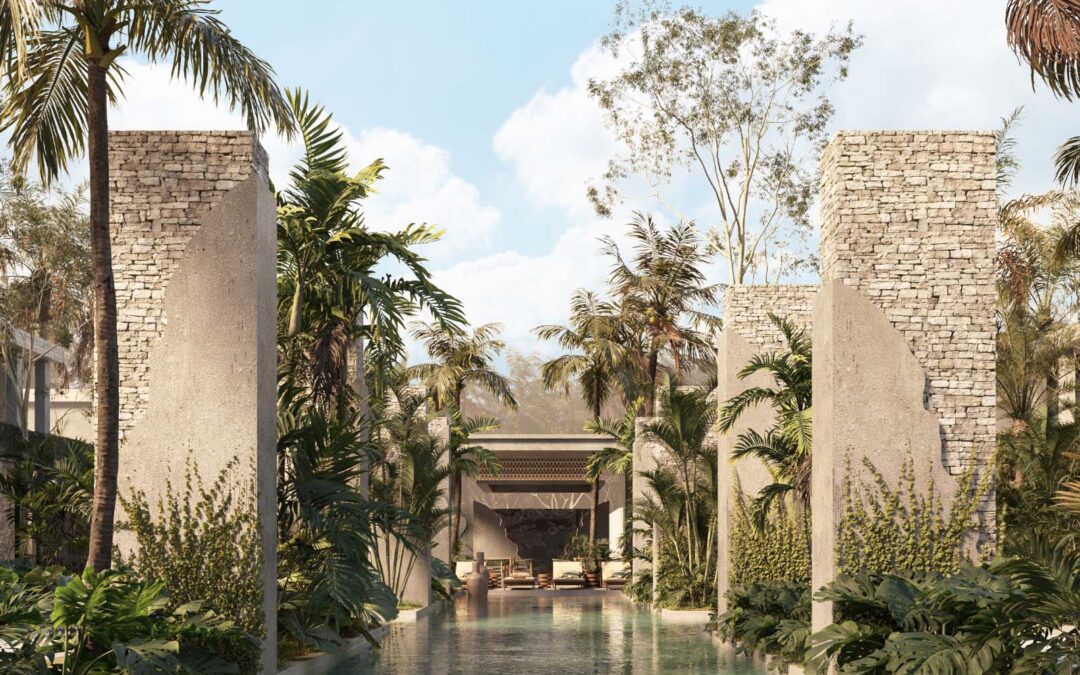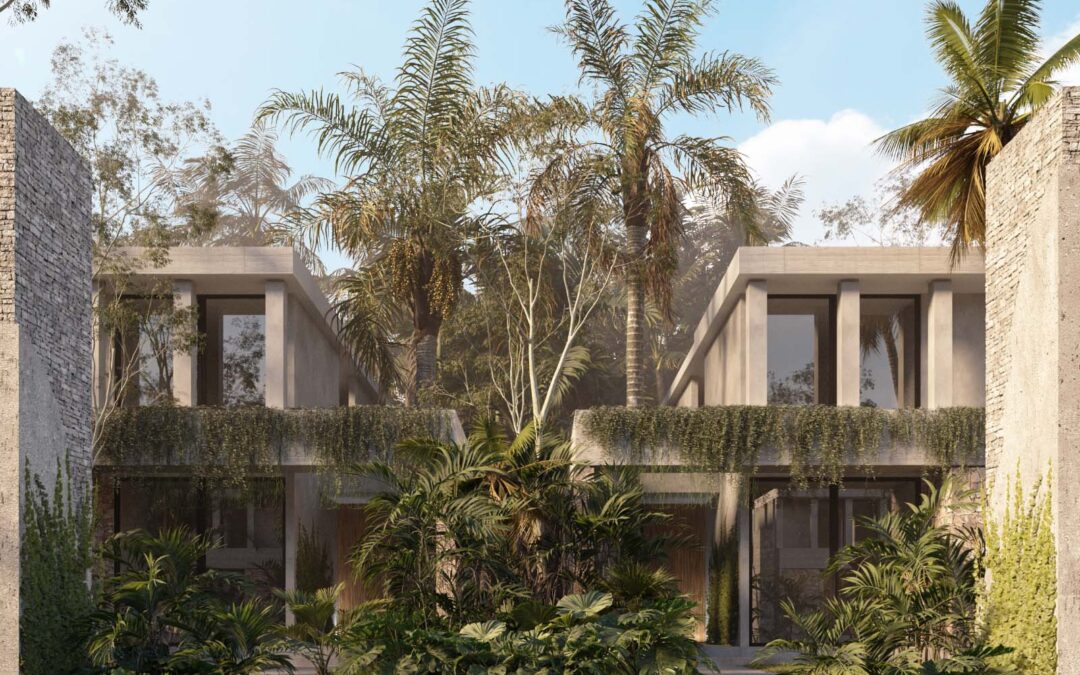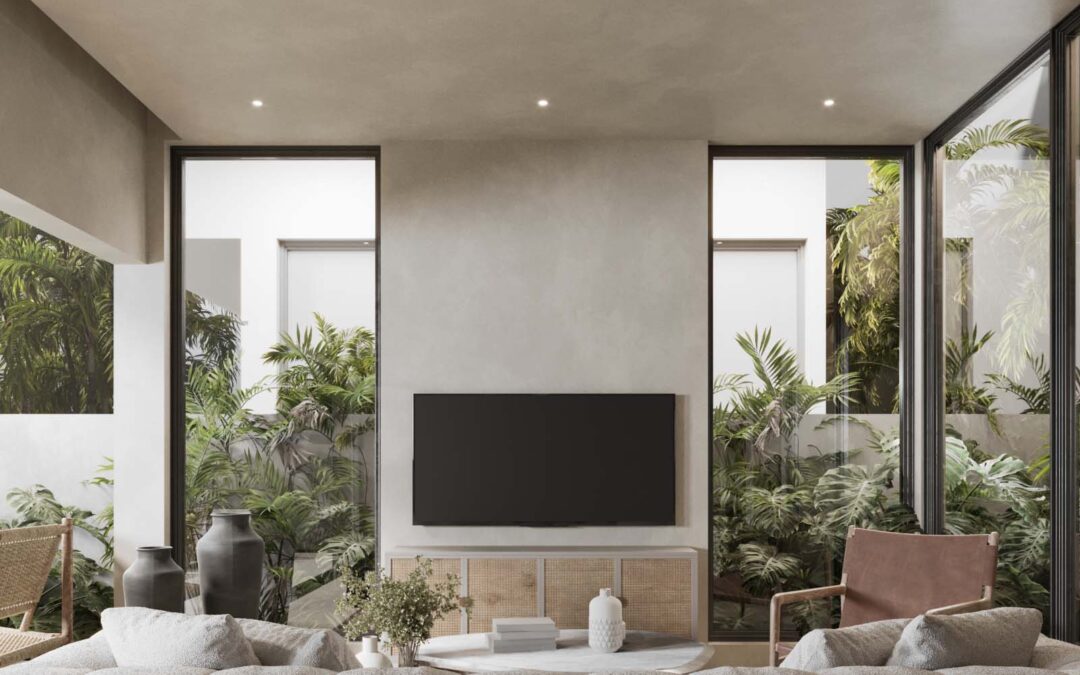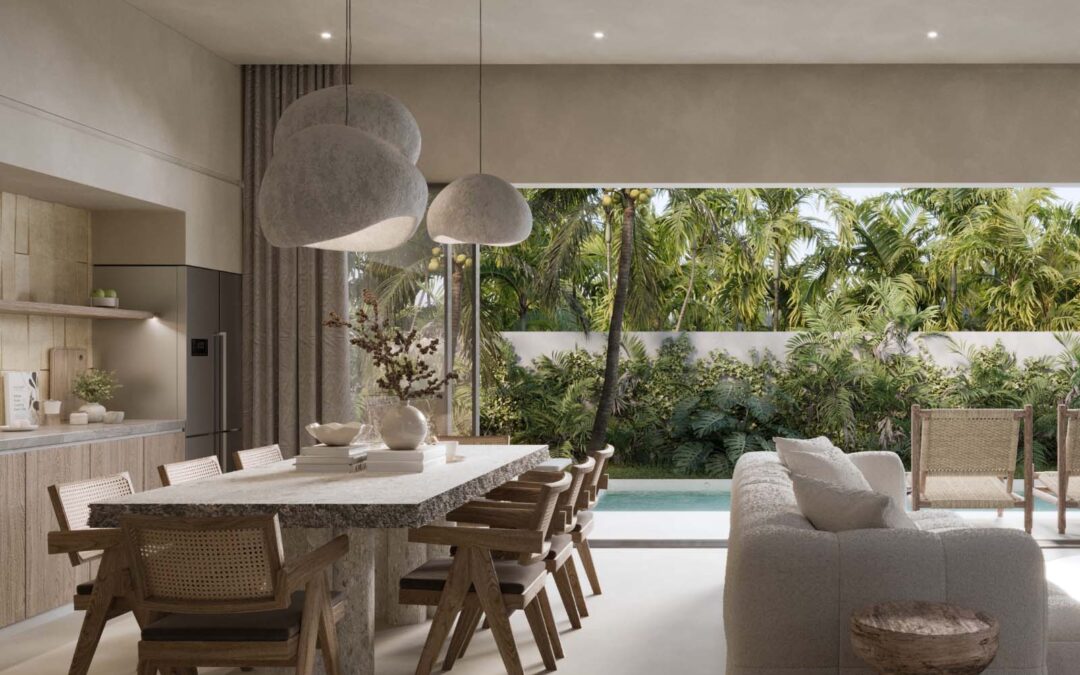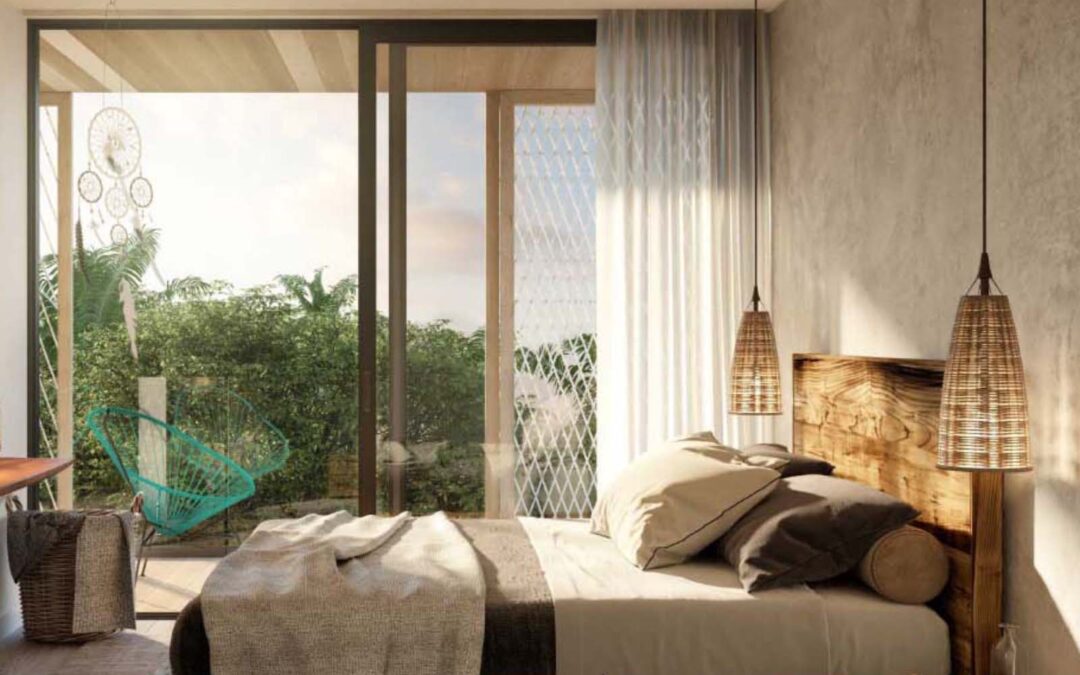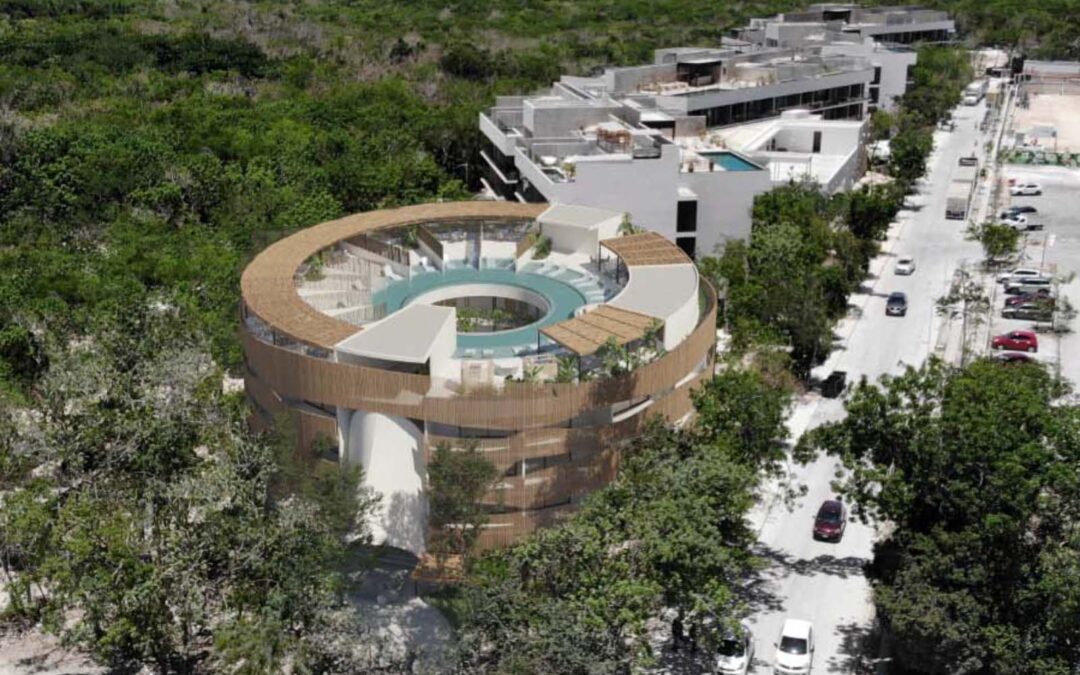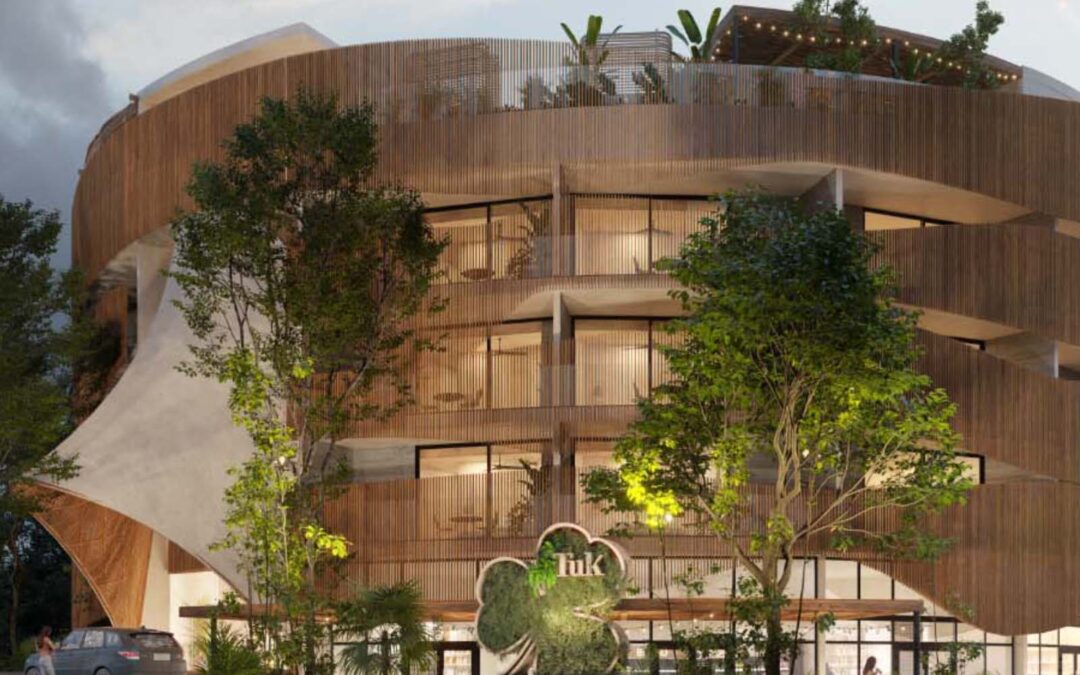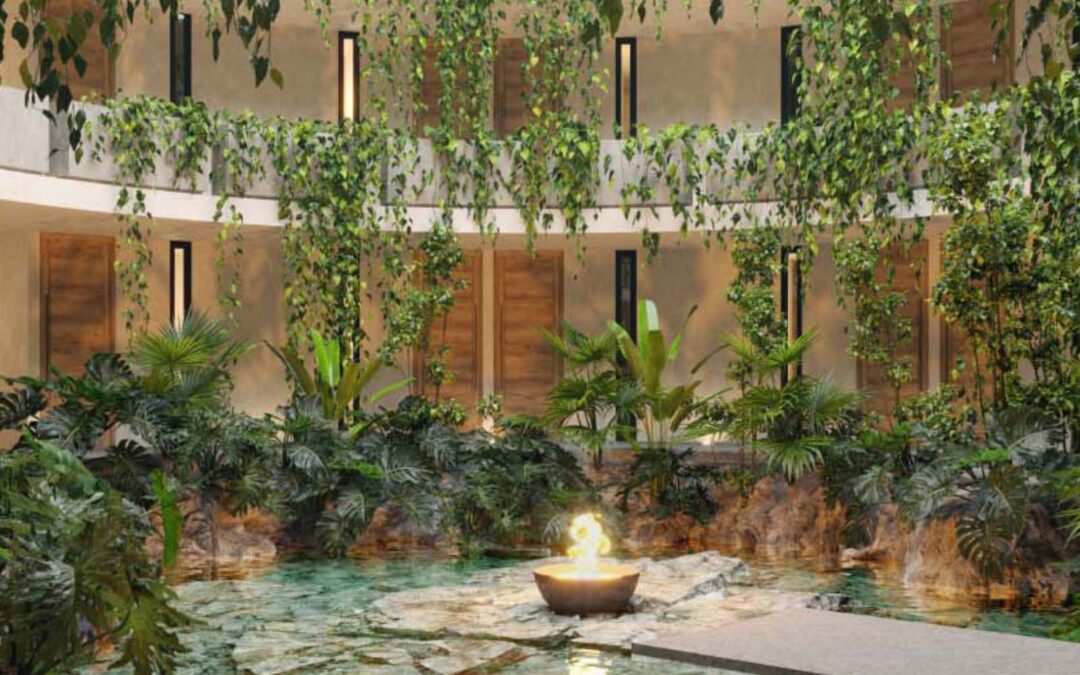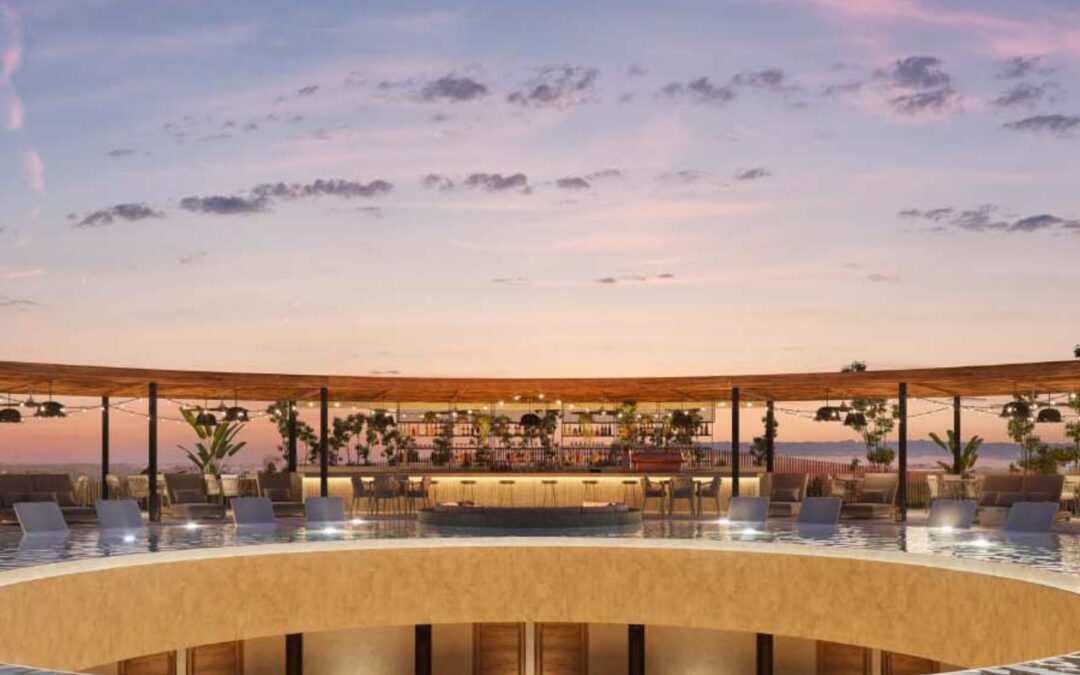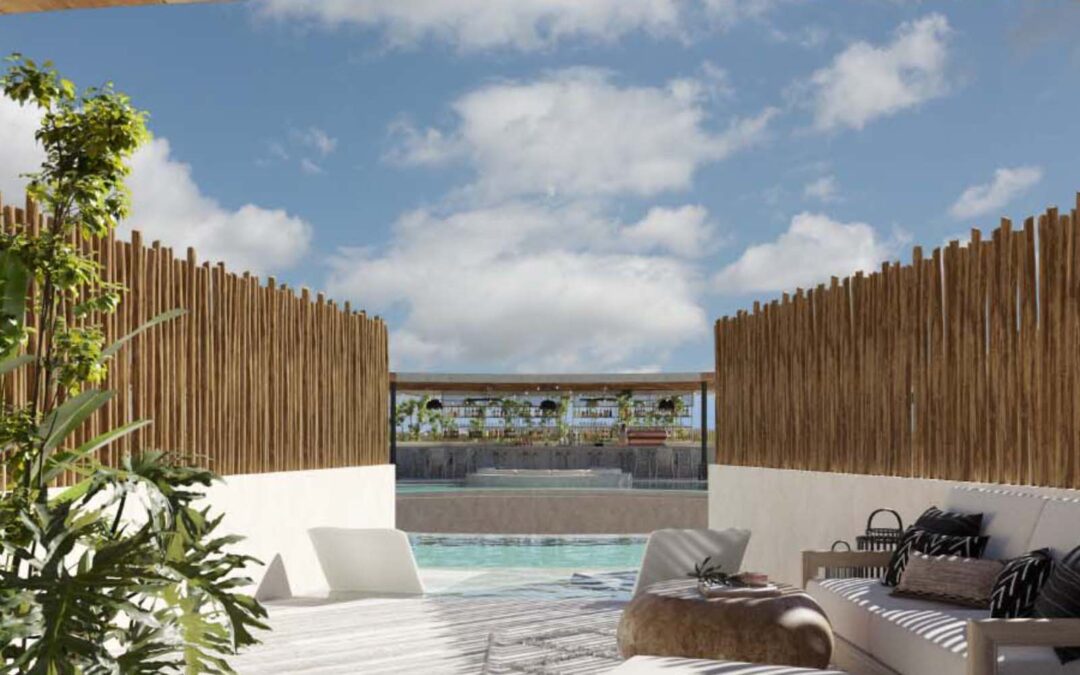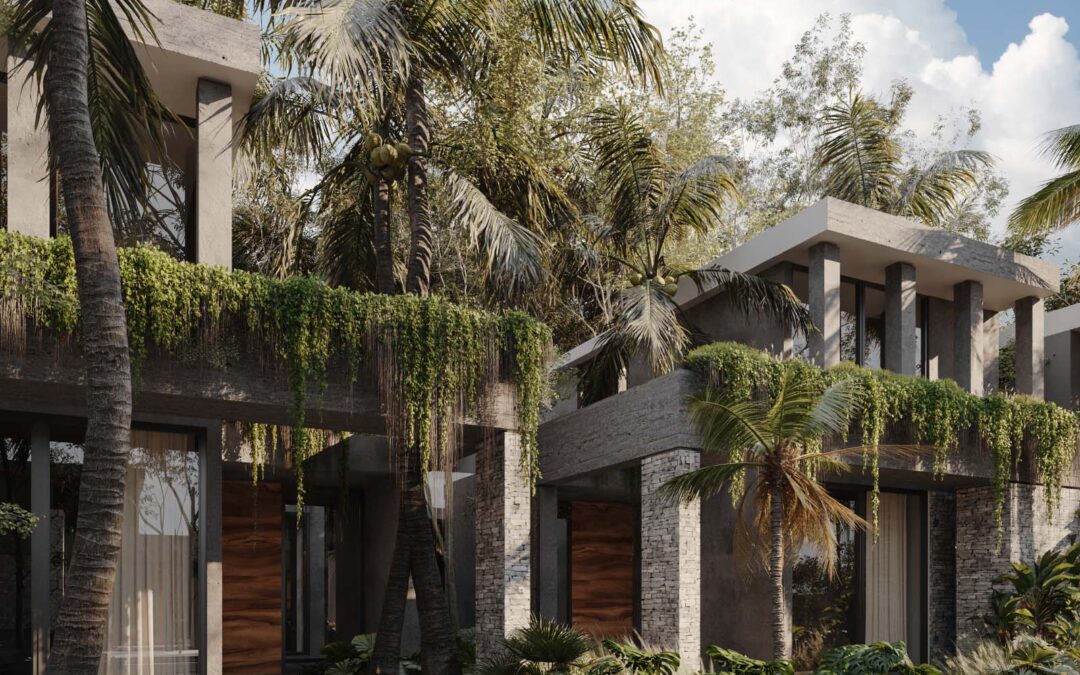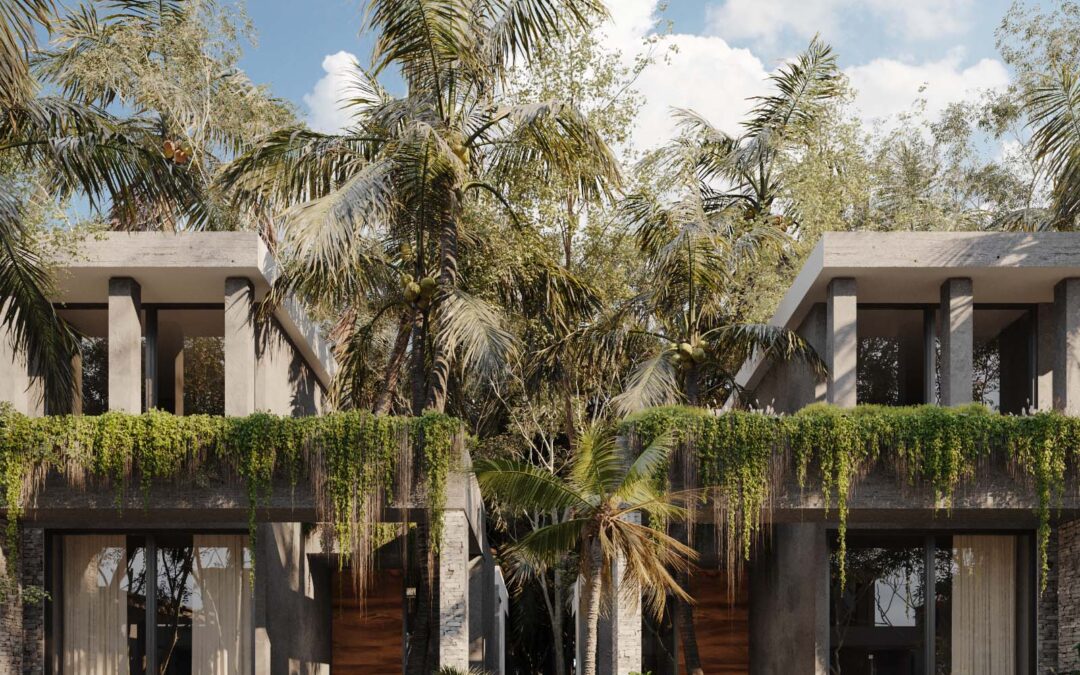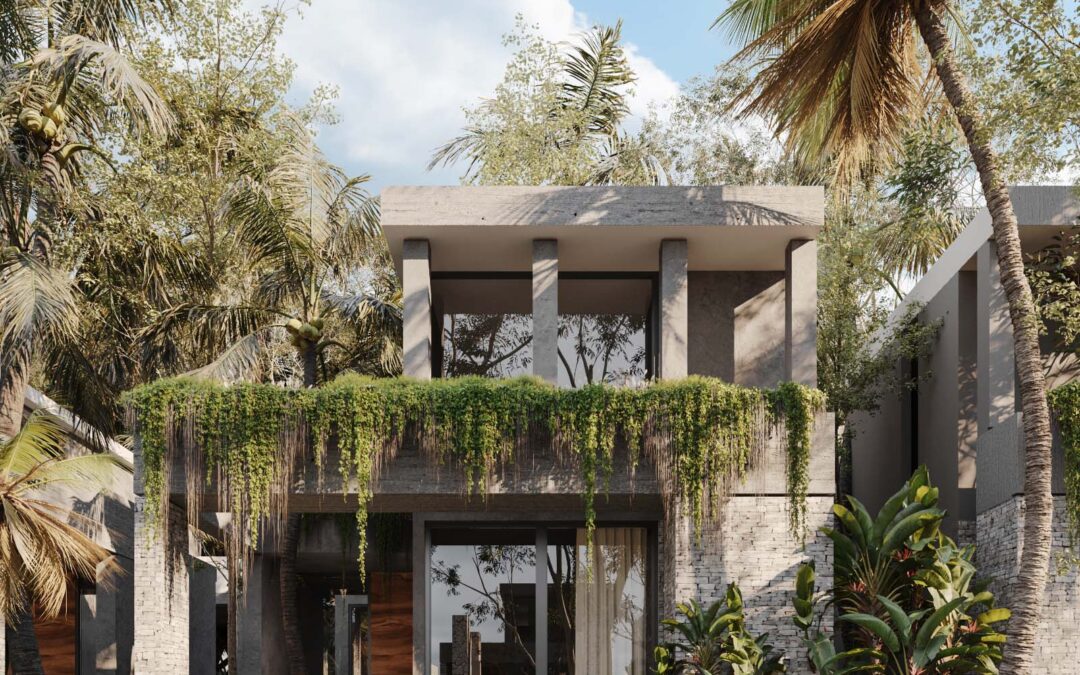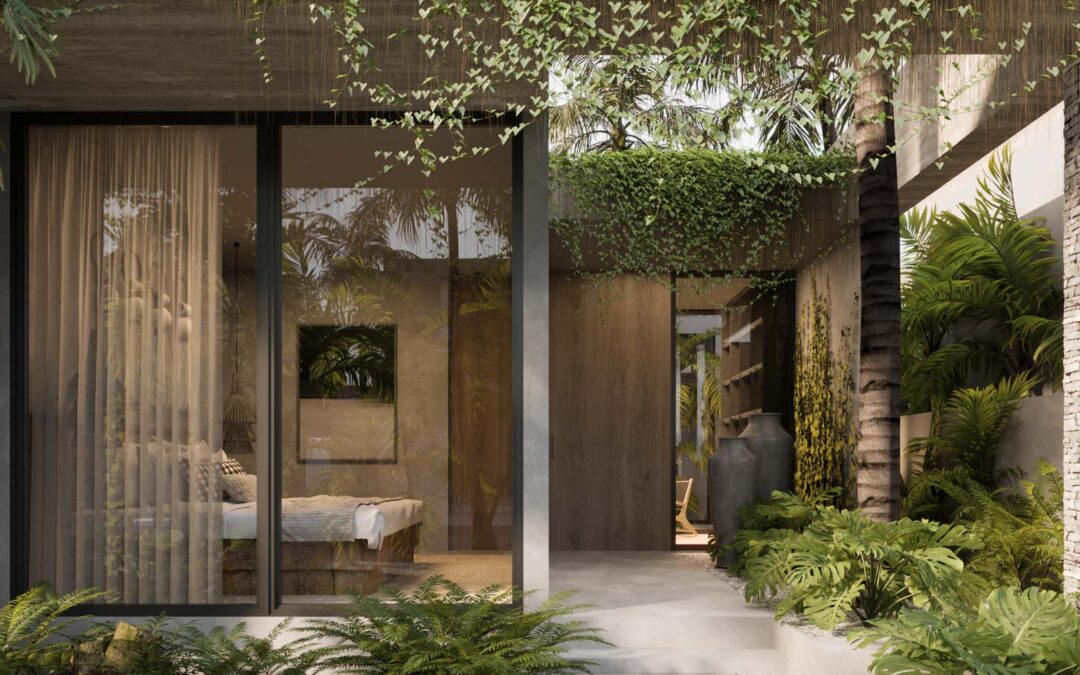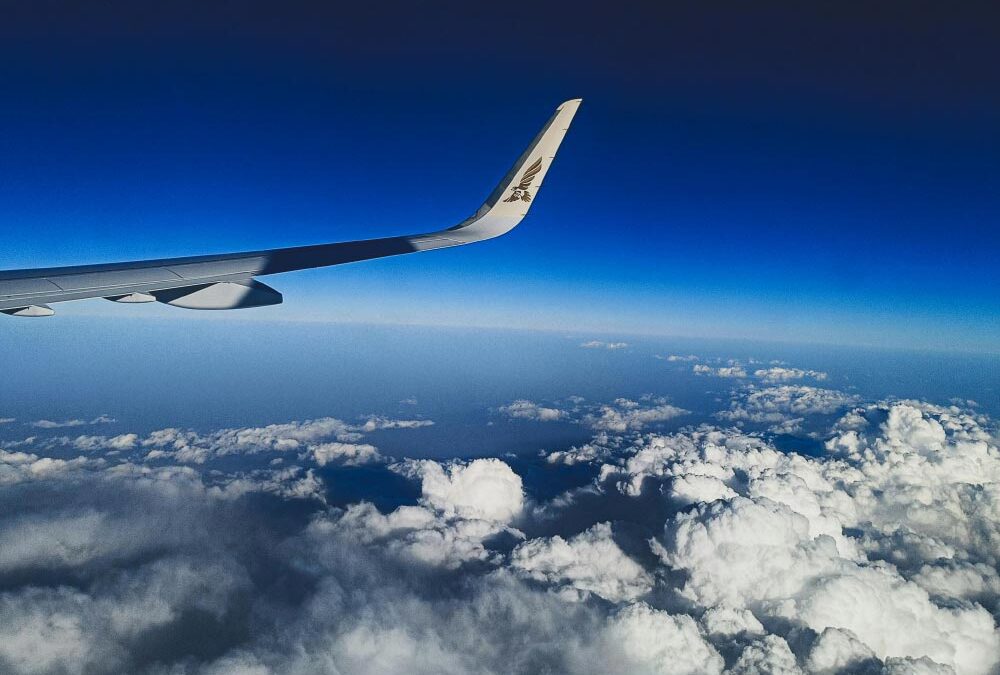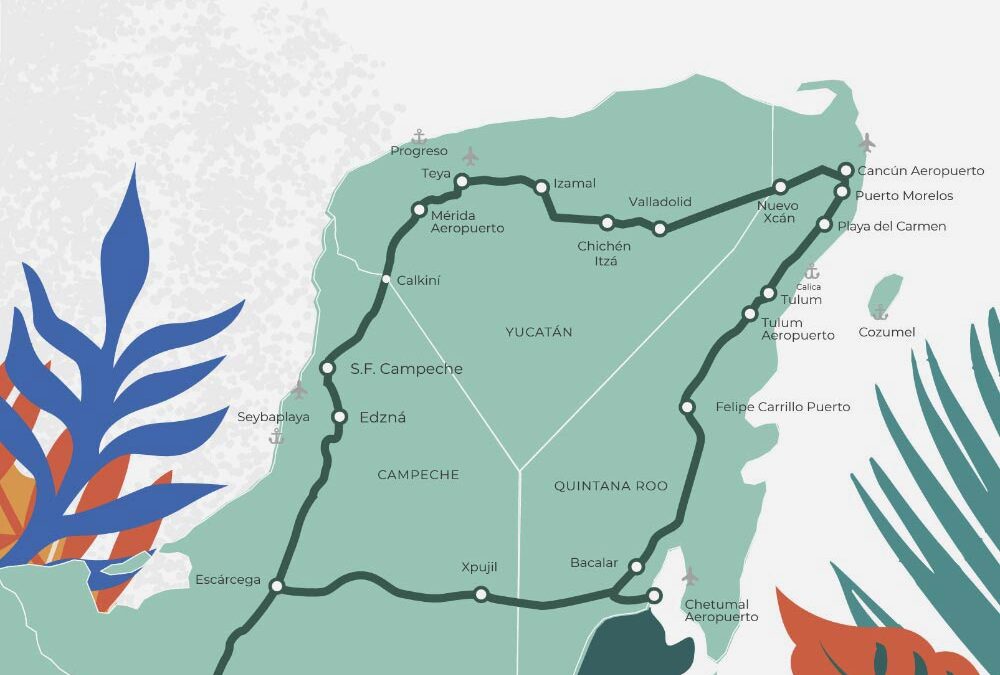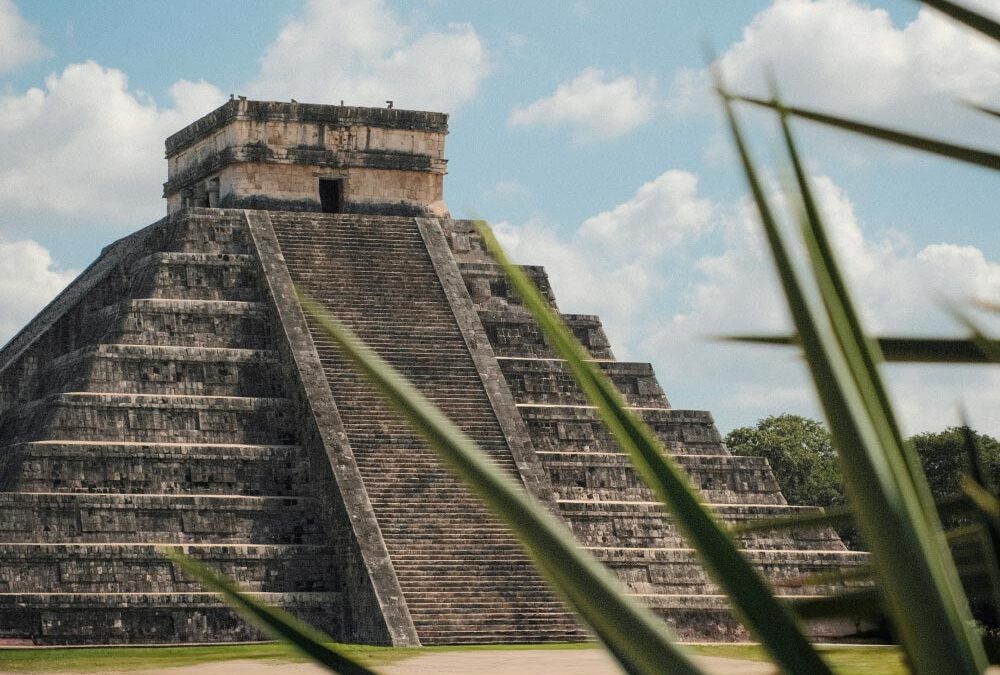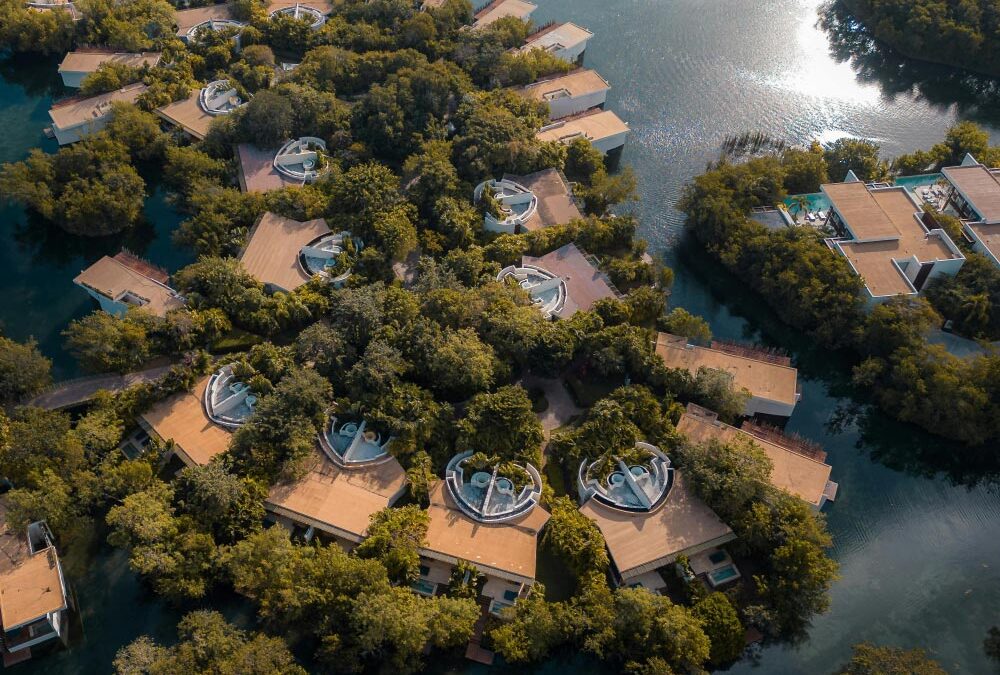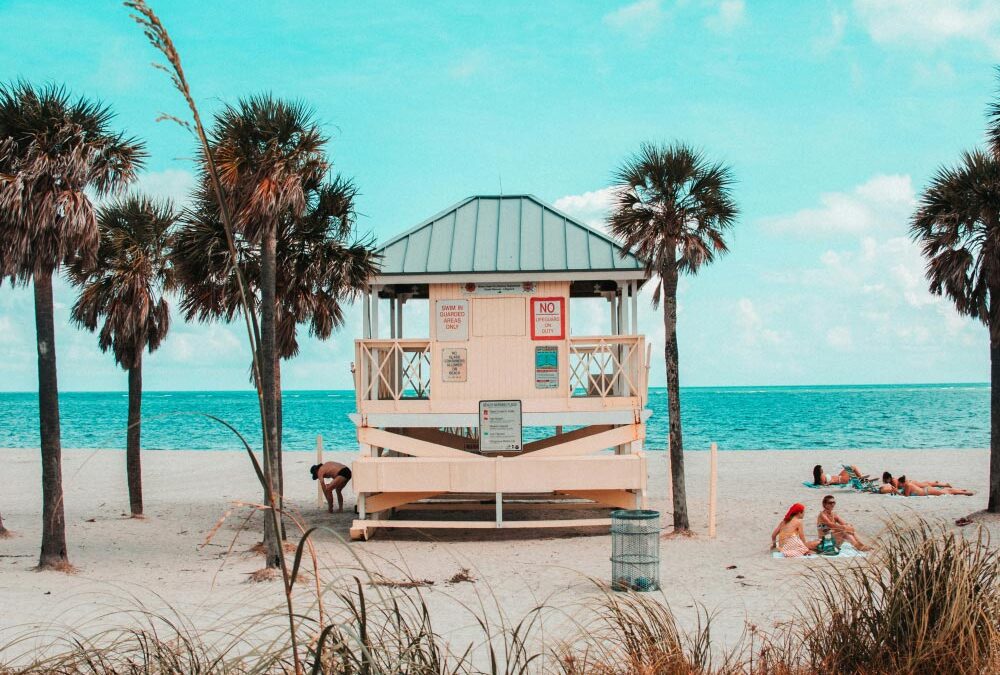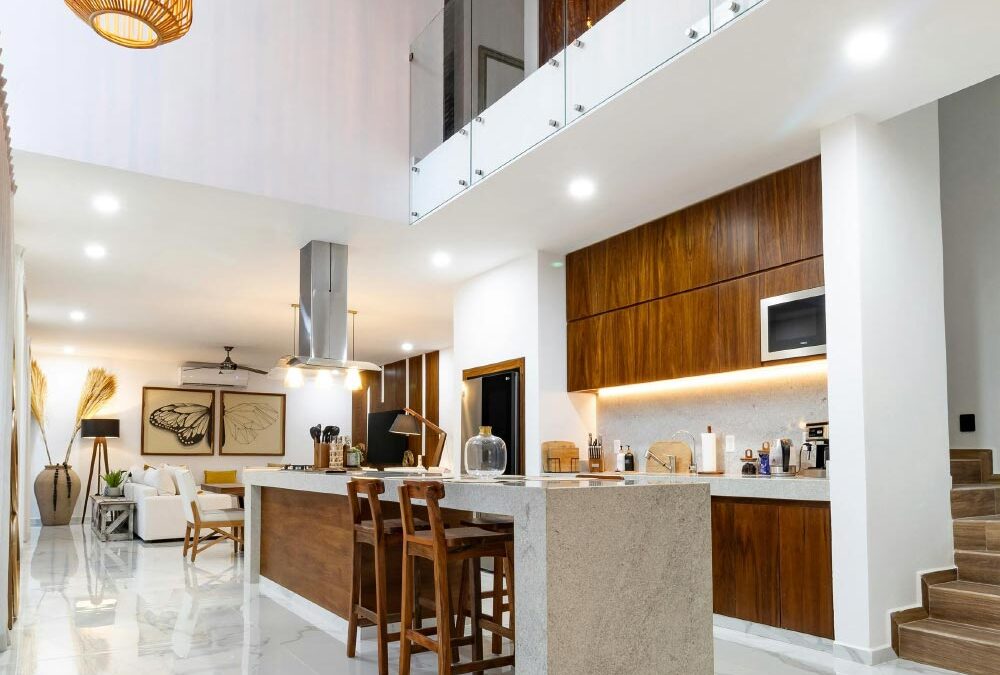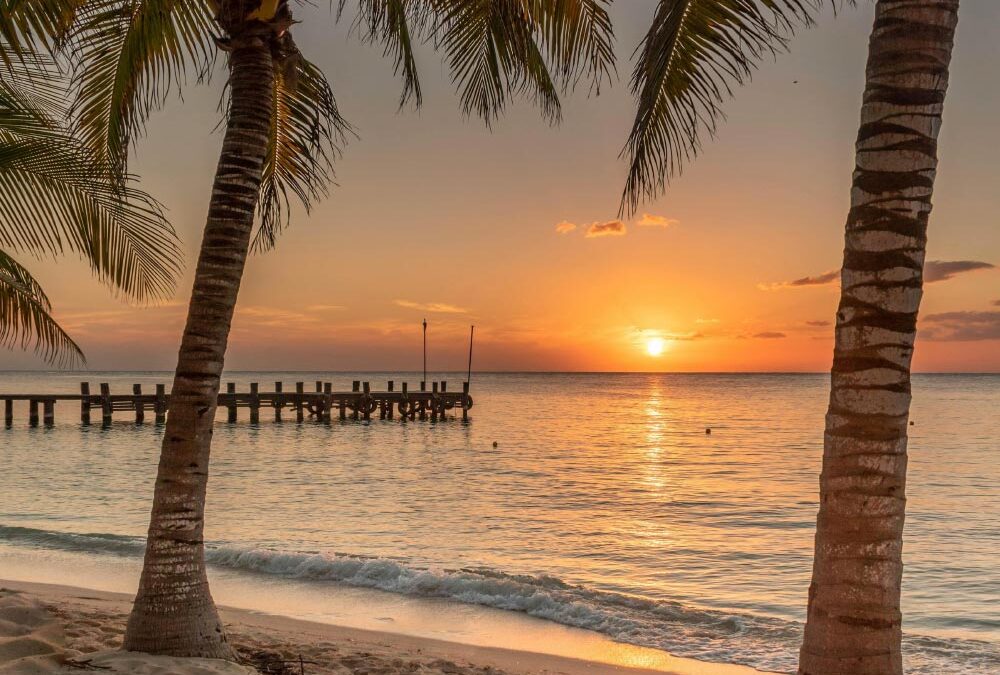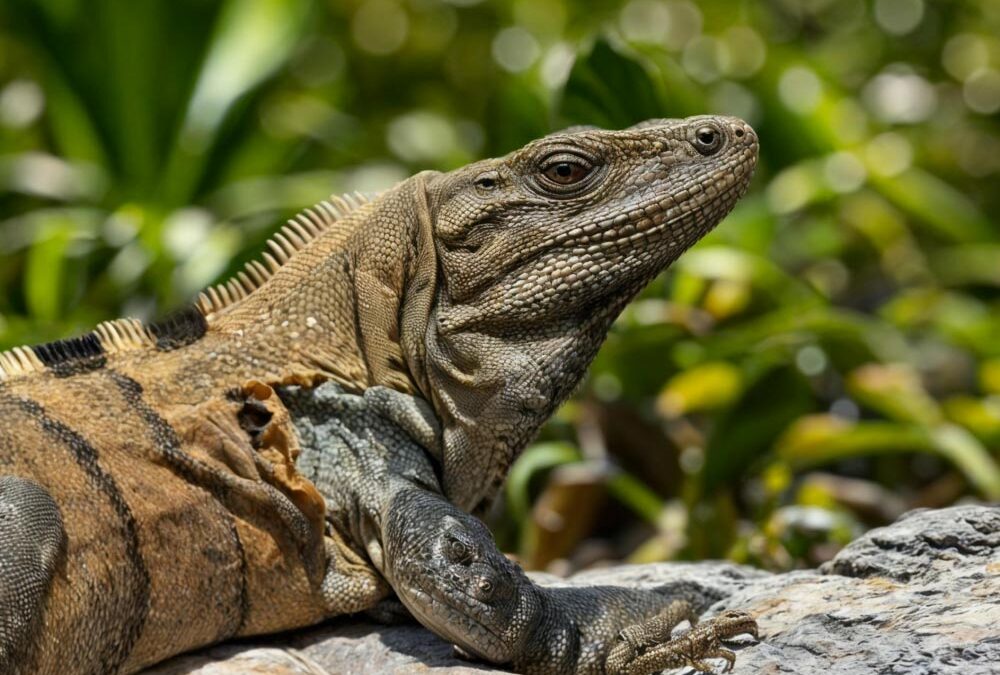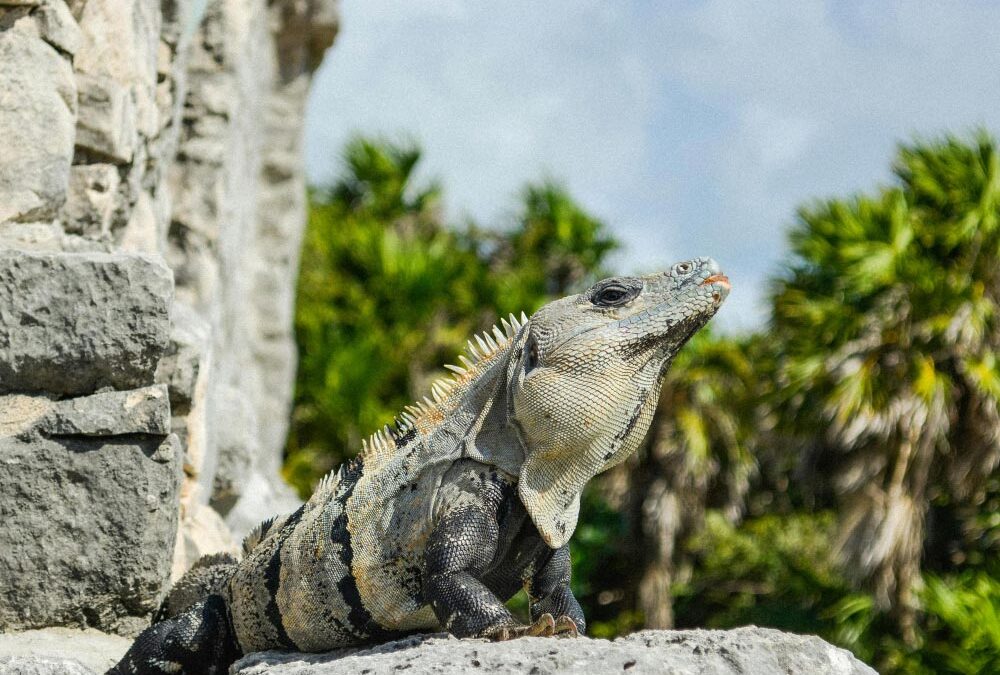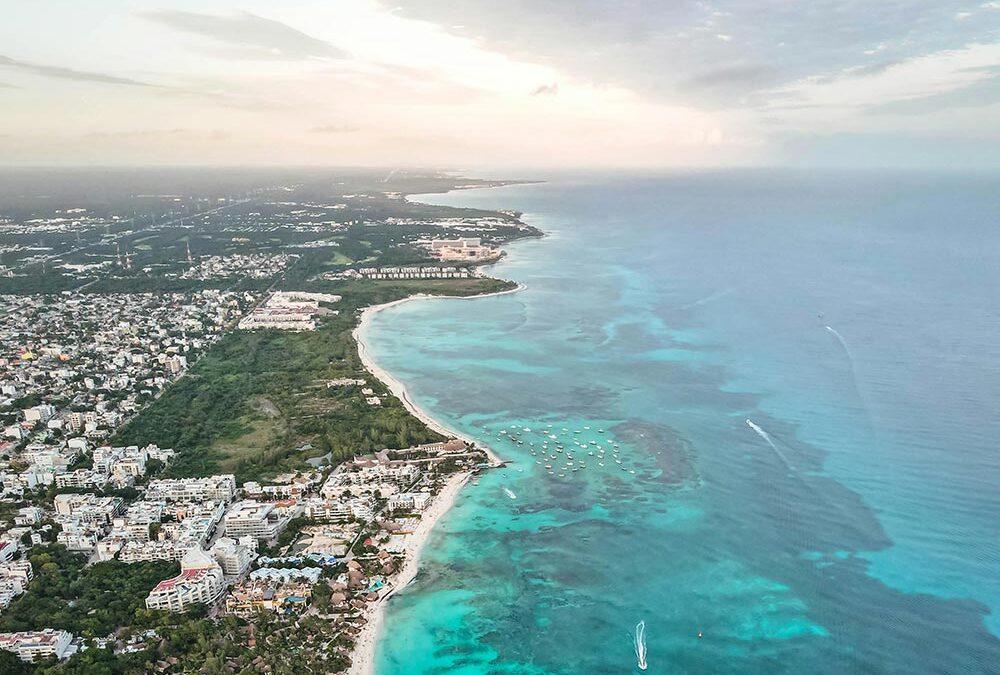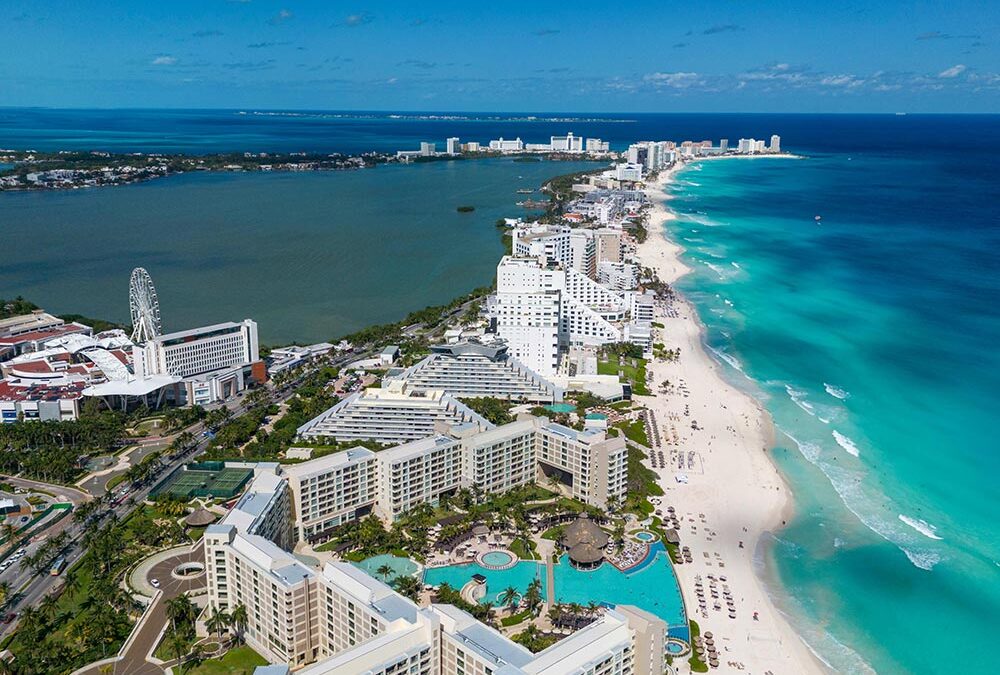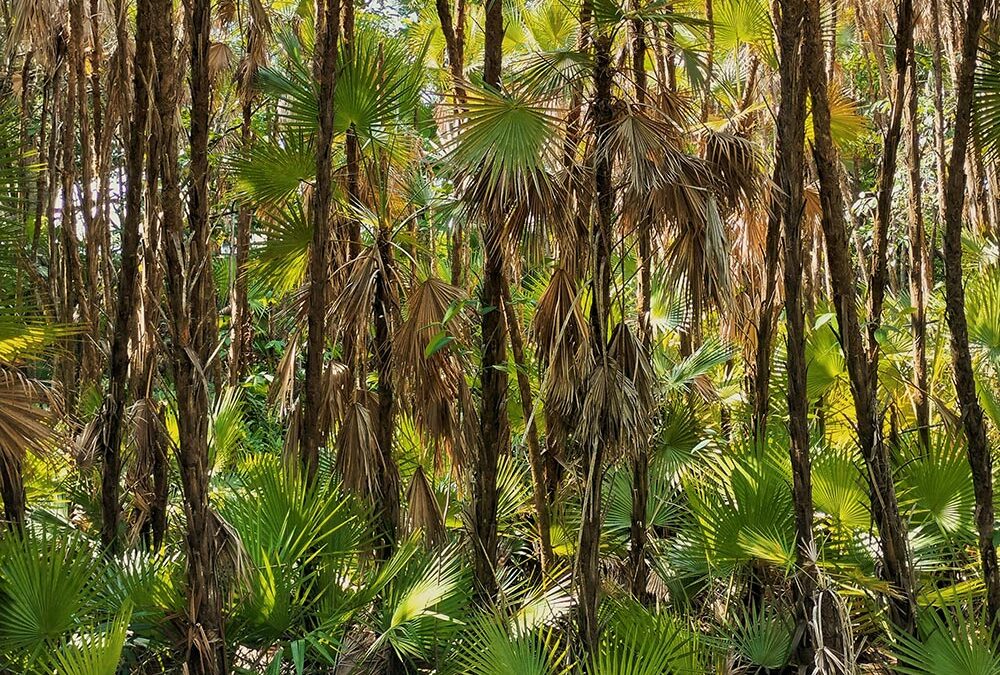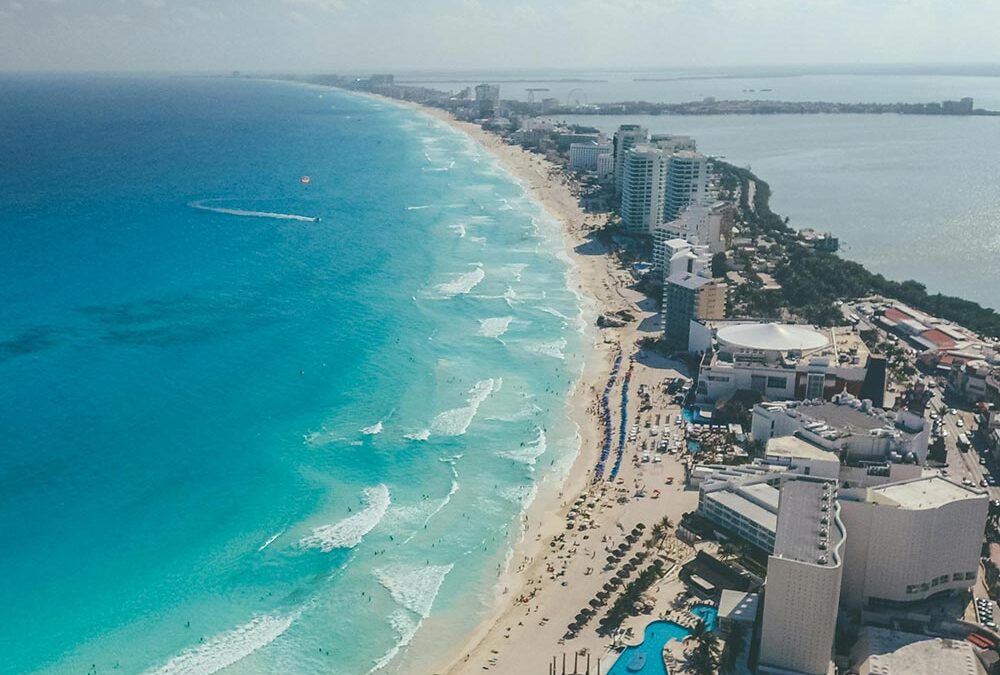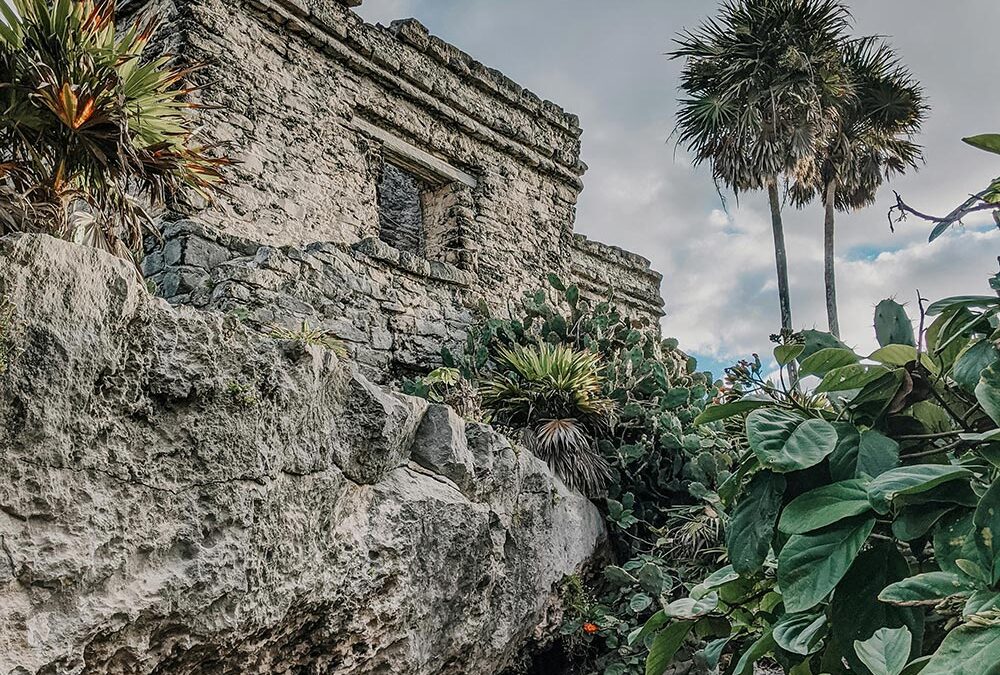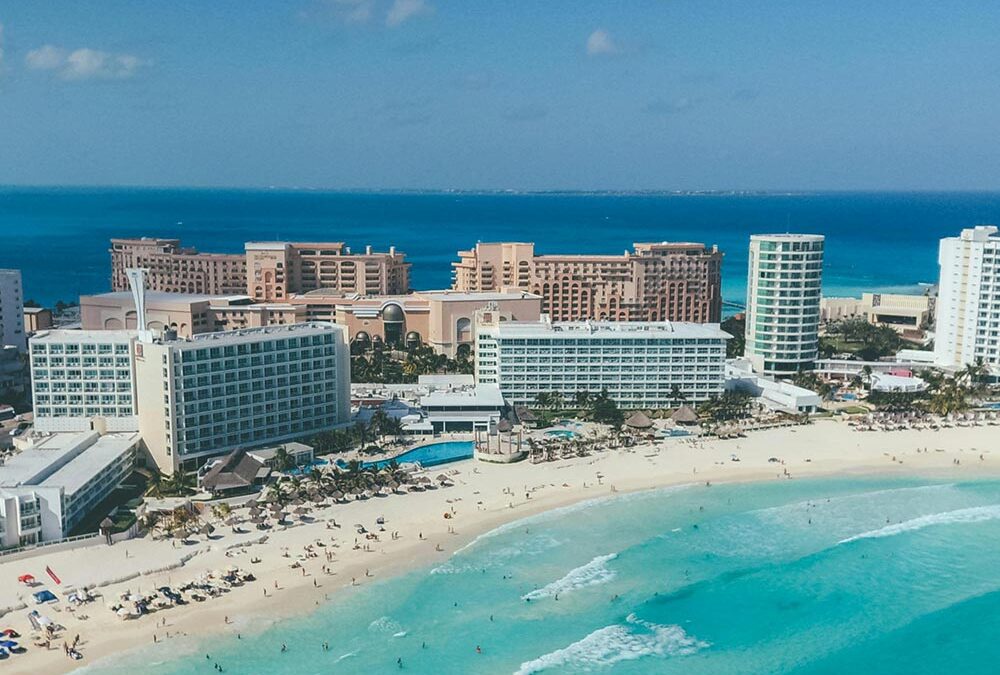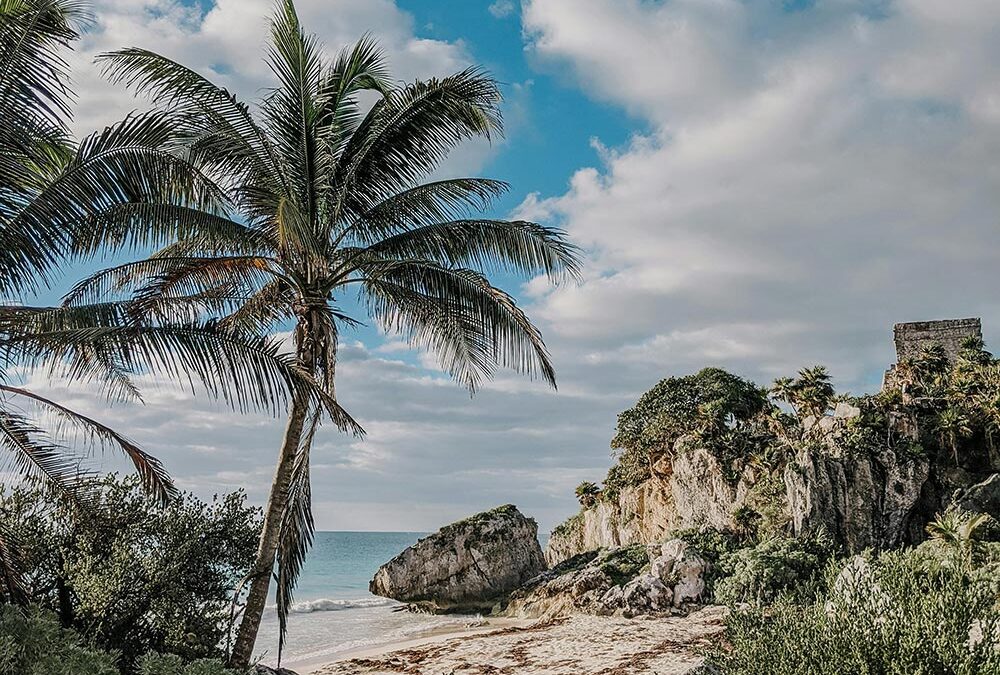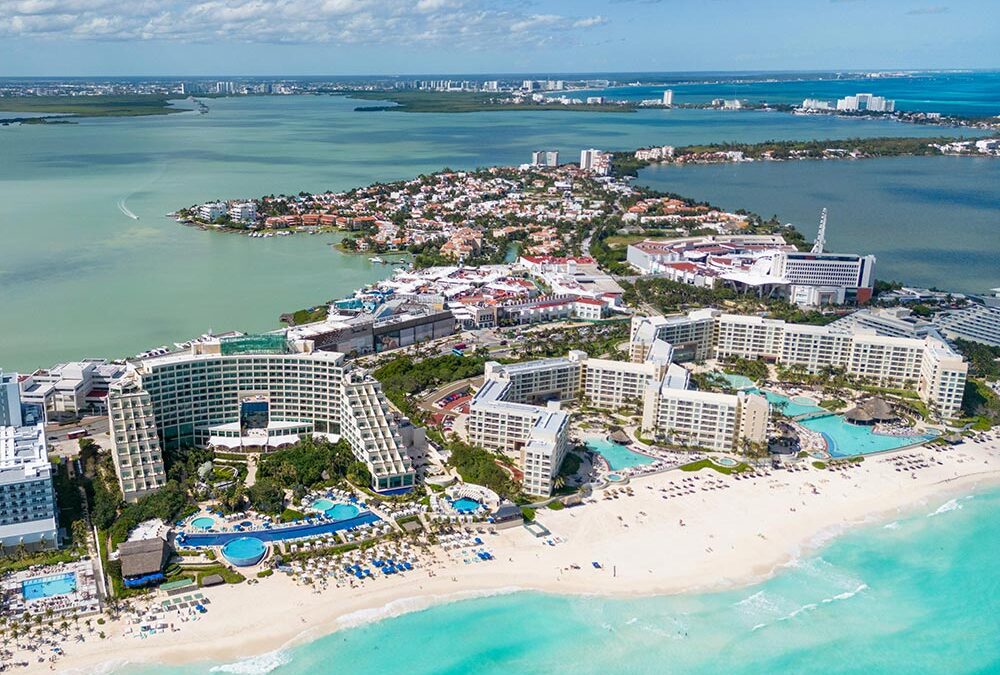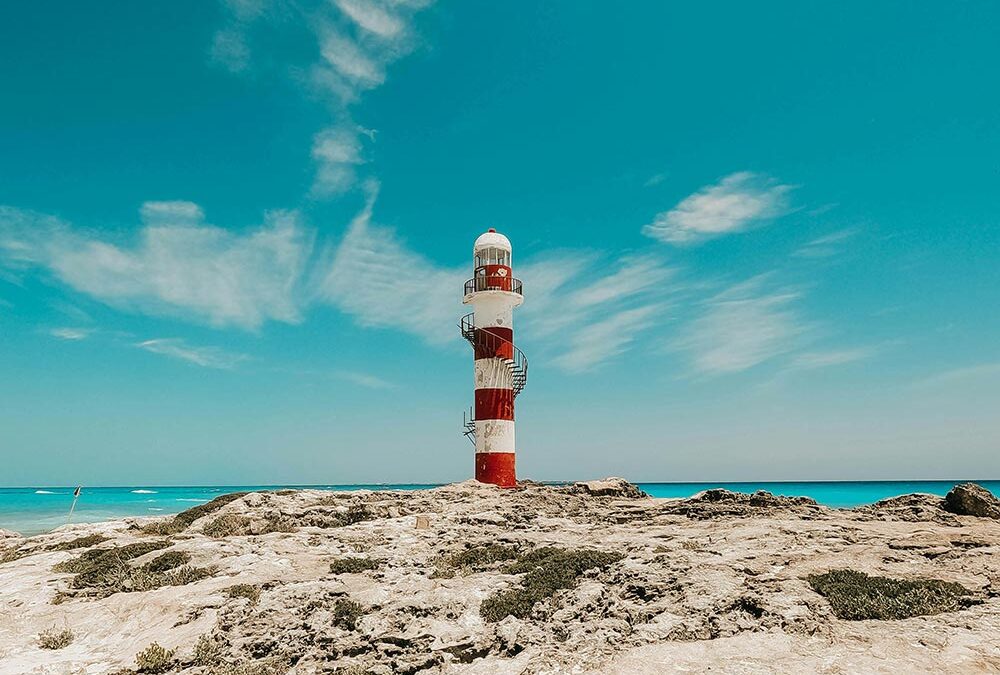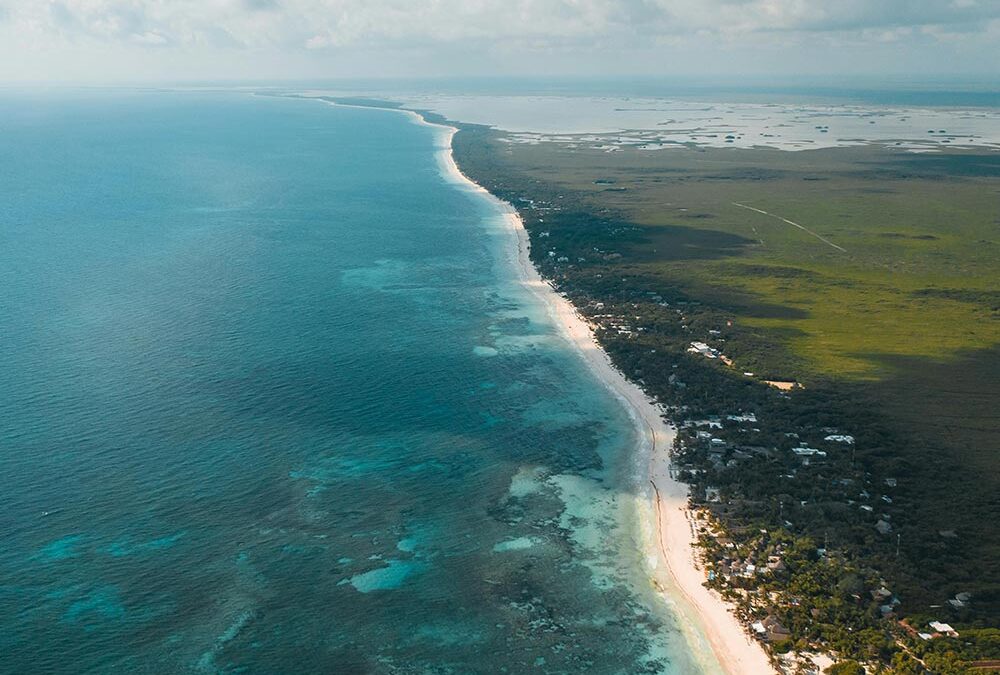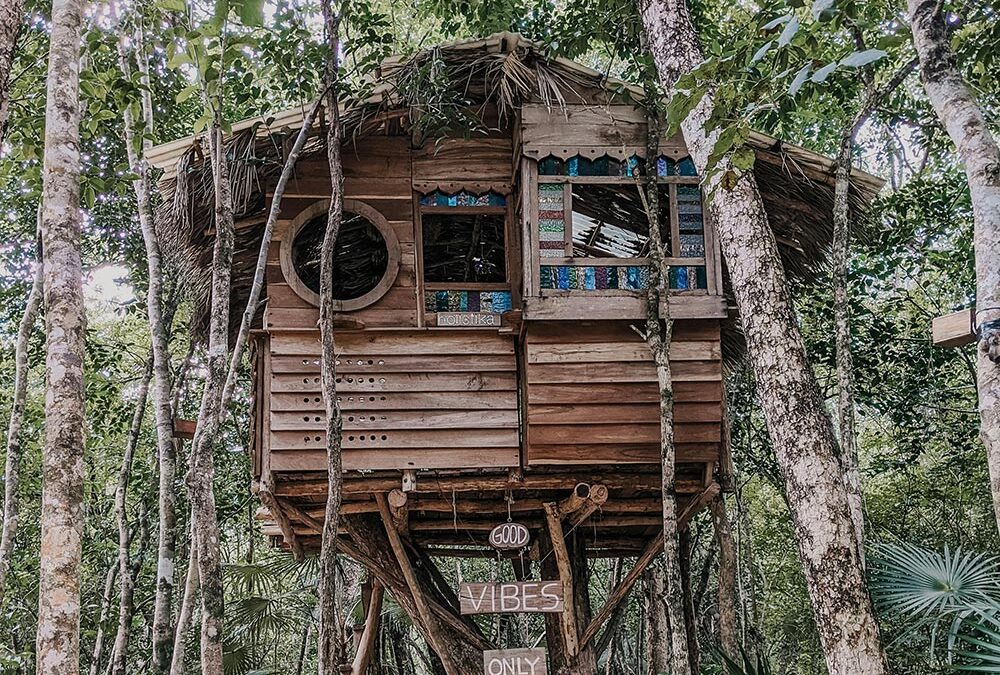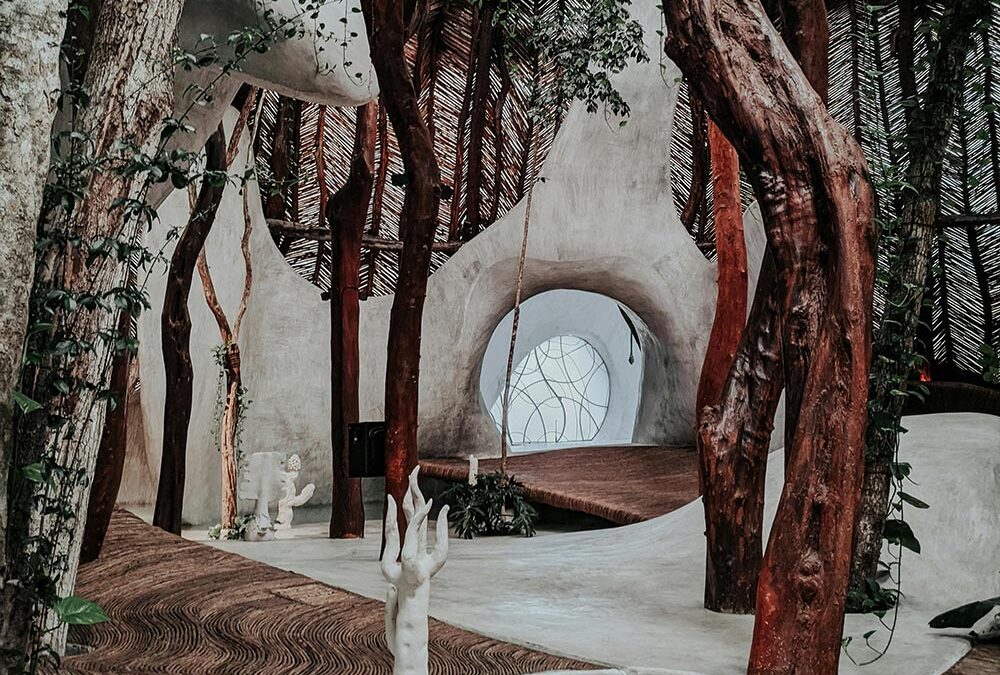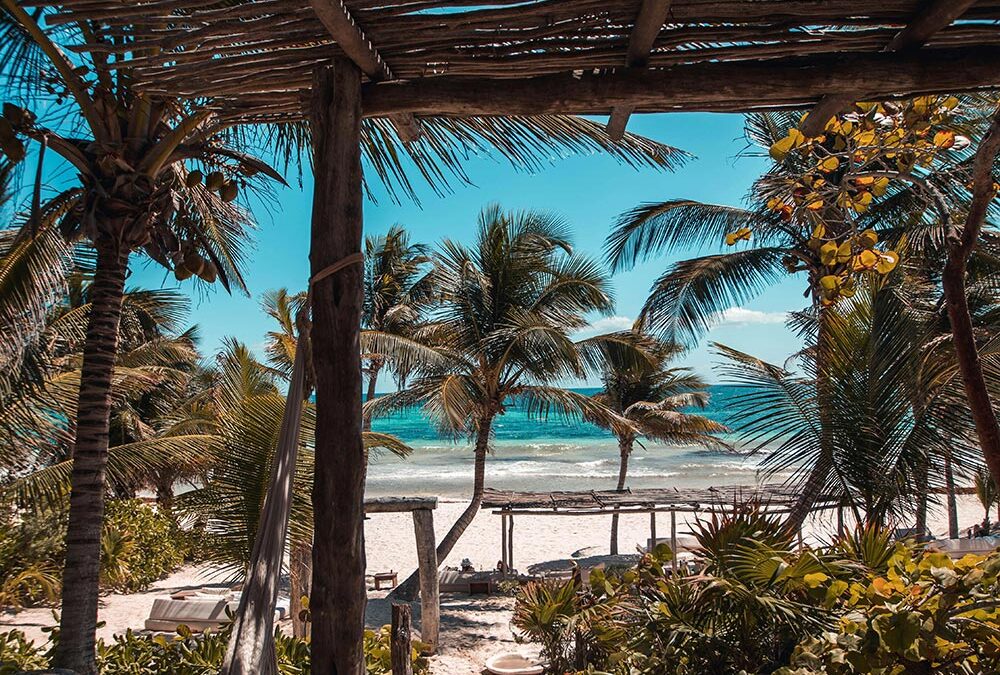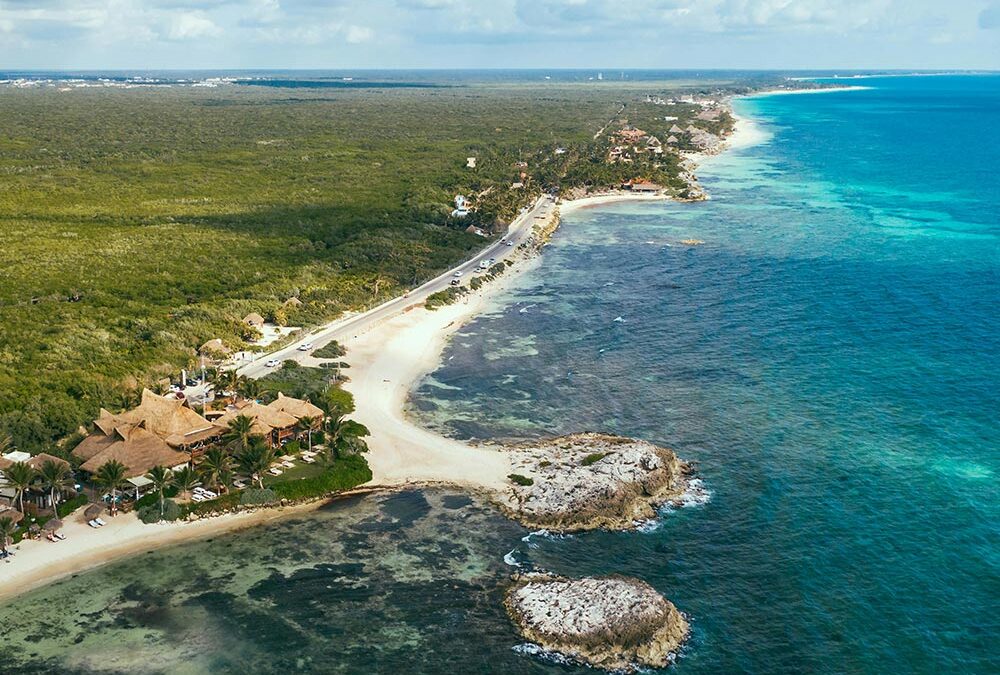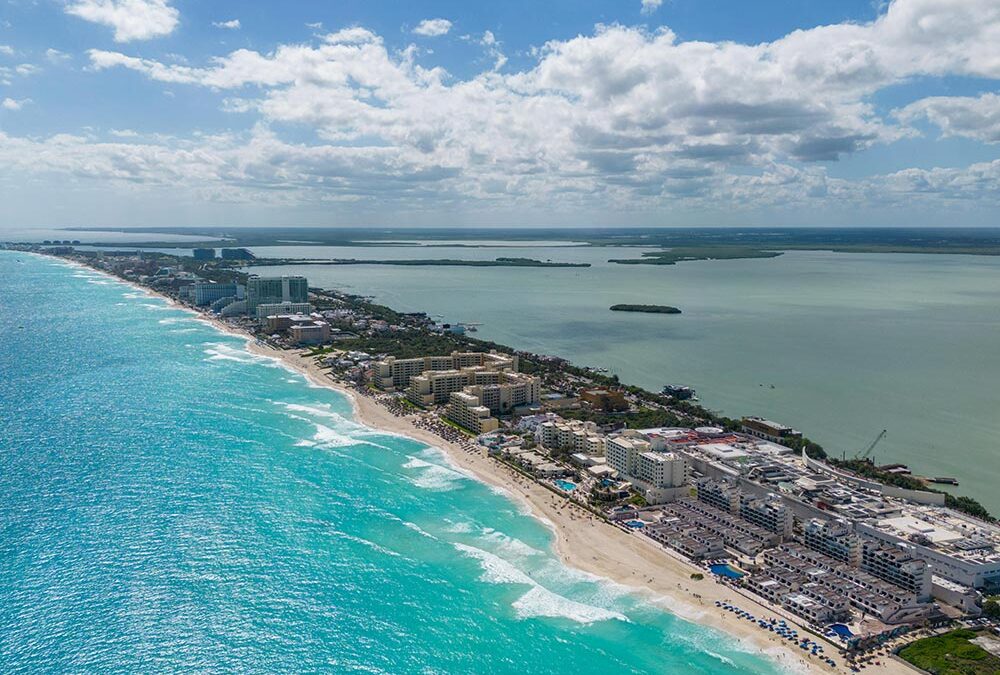Riviera Maya, a sun-drenched haven along Mexico’s Caribbean coastline, has become one of the most sought-after destinations for real estate investment. Known for its turquoise waters, white sandy beaches, and rich cultural history, this tropical paradise attracts both tourists and investors alike.
As the region continues to experience rapid growth, understanding the key drivers of property appreciation is critical for savvy investors. This blog explores the factors behind Riviera Maya’s real estate boom, from surging tourism to strategic infrastructure projects, providing insights to help you navigate this dynamic market.
Tourism Growth and Global Appeal
Tourism is the lifeblood of Riviera Maya’s economy, directly influencing property values. The area’s natural beauty, combined with world-class amenities, ensures a steady stream of international visitors.
- Consistent Tourist Influx: In 2023, Cancun International Airport welcomed over 30 million travelers, many of whom visited Riviera Maya. This robust tourism sector fuels demand for vacation rentals and second homes.
- Natural and Cultural Attractions: From the stunning beaches of Playa del Carmen to the ancient Mayan ruins of Tulum, Riviera Maya offers a unique blend of leisure and history. These attractions not only draw tourists but also elevate the appeal of properties nearby.
- Vacation Rental Boom: Short-term rentals see high occupancy rates, often exceeding 70% annually, making the area a hotspot for investors targeting the Airbnb and VRBO markets.
Infrastructure Development
Strategic investments in infrastructure have significantly enhanced Riviera Maya’s connectivity and appeal, contributing to rising property values.
- Tren Maya: This ambitious railway project, set to link major destinations across the Yucatán Peninsula, promises to transform regional transportation. Once operational, the Tren Maya is expected to boost property prices along its route by improving accessibility.
- Modernization of Airports and Highways: Recent expansions at Cancun International Airport and improved road networks to towns like Tulum and Bacalar make the region more attractive to both tourists and residents.
- Utilities and Connectivity: Investments in utilities, including water and electricity networks, as well as high-speed internet, are enhancing the livability of previously remote areas, driving residential and commercial real estate demand.
Booming Hospitality Industry
The hospitality sector’s rapid expansion has created ripple effects that extend into the real estate market.
- Luxury Hotels and Resorts: Brands like Hilton, Hyatt, and Marriott have been developing high-end properties in Riviera Maya, signaling strong confidence in the region’s potential. These developments stimulate the local economy and increase the area’s prestige.
- Short-Term Rental Platforms: Platforms like Airbnb and Vrbo have further democratized property investment, allowing individuals to profit from the hospitality boom. Riviera Maya ranks among the top-performing markets globally for short-term rental returns.
- Increased Demand for Residential Properties: As hotel prices climb, travelers are increasingly seeking alternative accommodations, further driving demand for vacation homes.
Foreign Investment and Favorable Policies
Riviera Maya has become a magnet for foreign investors, thanks to its favorable policies and economic advantages.
- Ease of Ownership: Mexico allows foreigners to own property in the region through trust structures (fideicomisos), ensuring legal security and making it easy for international buyers to invest.
- Currency Benefits: The strength of the US dollar and euro against the Mexican peso makes Riviera Maya an affordable yet lucrative option for investors from North America and Europe.
- Attractive Pricing: Compared to similar coastal destinations like Miami or Ibiza, property prices in Riviera Maya remain competitive, with beachfront condos available for $200,000-$500,000.
Growing Expat Community
The rise of digital nomads, retirees, and expatriates has reshaped Riviera Maya’s real estate landscape.
- Lifestyle Appeal: Warm weather, a lower cost of living, and a vibrant culture make Riviera Maya an ideal location for retirees and remote workers. Many expats prefer gated communities or eco-friendly developments, creating niche markets.
- Demand for Diverse Properties: From modern condos in Playa del Carmen to tranquil villas in Tulum, the influx of expats has diversified property demand.
- Community Infrastructure: The growing expatriate population has spurred the development of international schools, healthcare facilities, and coworking spaces, further enhancing the region’s attractiveness.
Environmental and Cultural Preservation
Riviera Maya’s commitment to sustainable development has added long-term value to its real estate market.
- Eco-Tourism Initiatives: Developers are increasingly incorporating sustainable practices, from solar panels to eco-friendly building materials, aligning with global trends. This focus appeals to environmentally conscious investors.
- Protected Natural Areas: Efforts to preserve mangroves, cenotes, and coral reefs ensure the region’s ecological integrity, maintaining its allure for future generations.
- Cultural Heritage: Properties that integrate Mayan architectural influences or are situated near heritage sites often see heightened interest and appreciation.
Market Trends and Data
A deeper dive into market trends reveals Riviera Maya’s impressive growth trajectory.
- Historical Appreciation: Over the past decade, Riviera Maya properties have appreciated by an average of 8-12% annually, outpacing many other global real estate markets.
- Rental Yields: Investors report net yields of 6-10%, particularly in vacation hotspots like Playa del Carmen and Tulum.
- Comparative Analysis: Riviera Maya offers higher returns at lower entry prices than comparable markets in the Caribbean or Mediterranean.
Conclusion
Riviera Maya’s real estate market continues to thrive, driven by a unique blend of tourism, infrastructure development, foreign investment, and environmental stewardship. These factors make it a compelling destination for investors seeking both strong returns and lifestyle benefits.
As the region evolves, opportunities abound for those willing to capitalize on its growth. Whether you’re interested in vacation rentals, residential properties, or commercial ventures, Riviera Maya offers a dynamic and rewarding investment landscape.
FAQs
What is the average appreciation rate of properties in Riviera Maya?
Properties in Riviera Maya appreciate at an average annual rate of 8-12%, depending on the location and property type.
Are there restrictions for foreigners buying real estate in Mexico?
Foreigners can easily purchase property in Riviera Maya through a fideicomiso (trust agreement) or a Mexican corporation, ensuring secure ownership.
How does the Tren Maya project impact real estate values?
The Tren Maya is expected to increase accessibility and drive up property prices, particularly in towns along its route, such as Tulum and Bacalar.
What are the risks associated with investing in Riviera Maya?
Risks include market saturation in certain areas, natural disasters, and fluctuations in tourist activity. Due diligence and working with reputable agents can mitigate these risks.
How does eco-tourism influence property prices?
Eco-tourism initiatives enhance property values by preserving natural beauty and attracting environmentally conscious buyers.
Is it better to invest in vacation rentals or residential properties in the area?
Vacation rentals offer higher short-term returns, while residential properties provide stable, long-term growth. The choice depends on your investment goals.
How can investors ensure a good return on investment?
Partnering with local experts, choosing high-demand areas, and leveraging platforms like Airbnb for rentals are key strategies for maximizing ROI.
